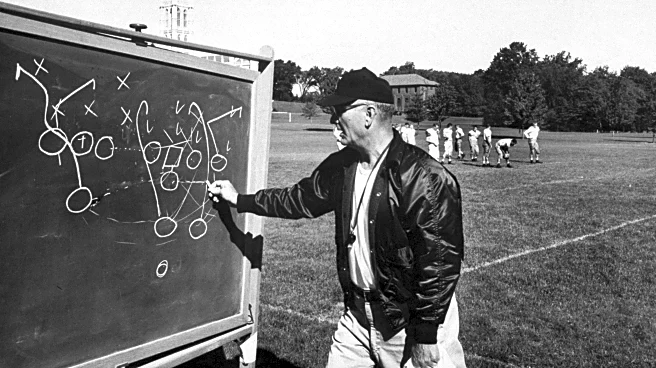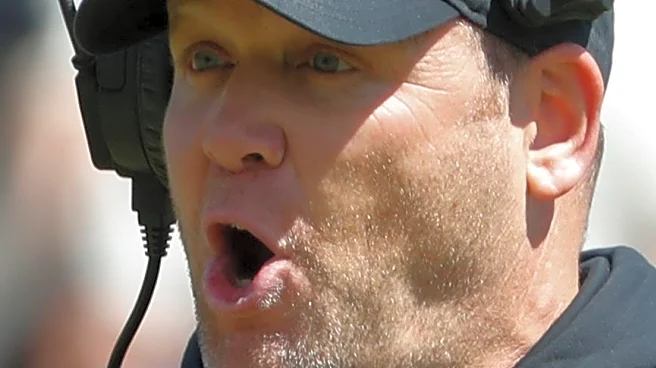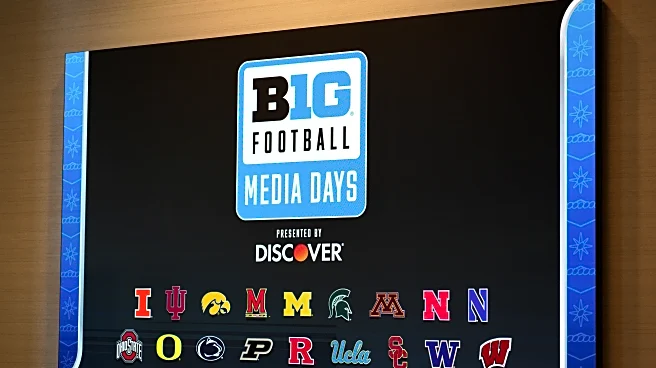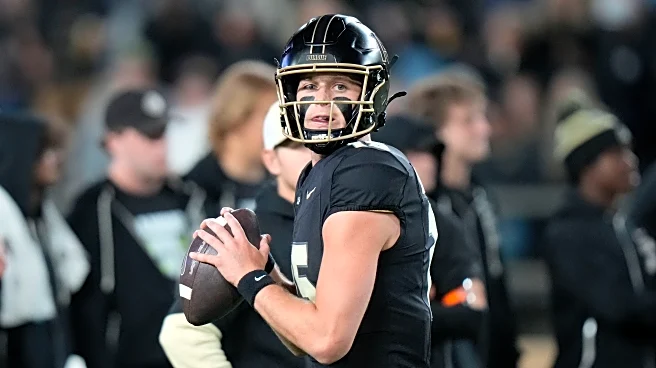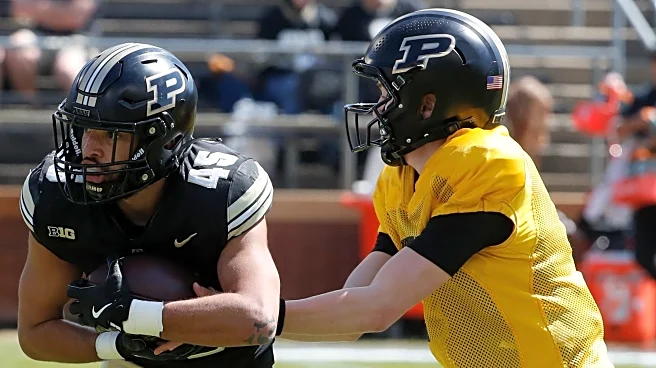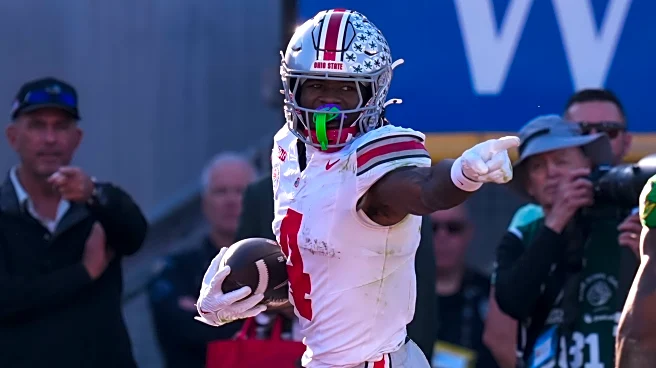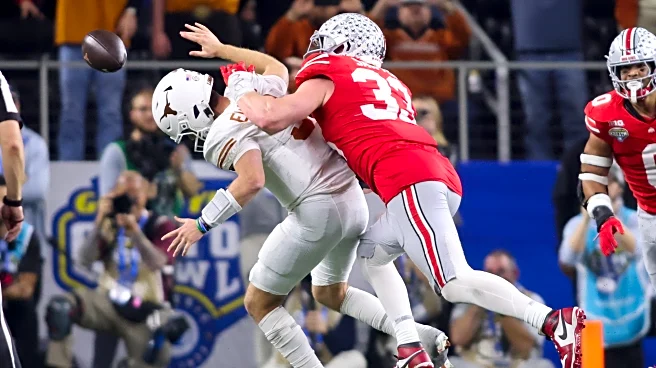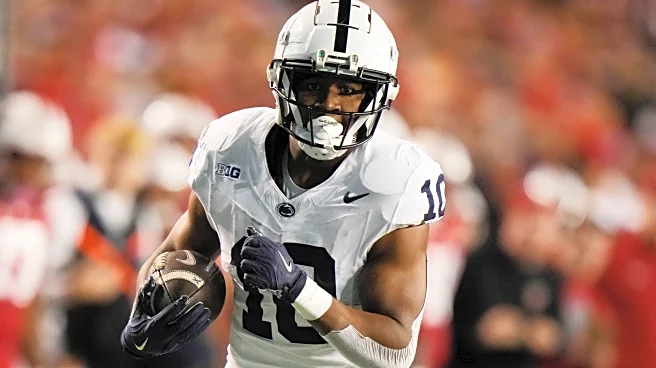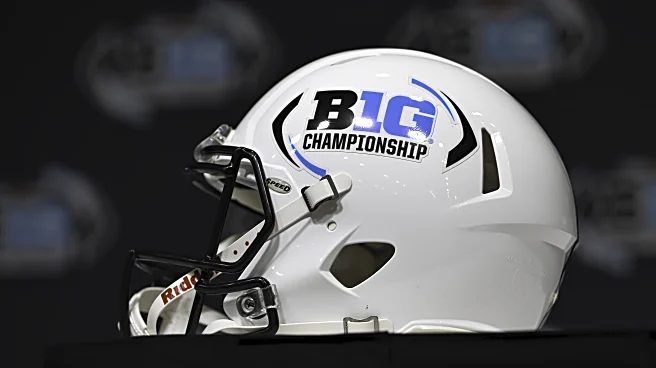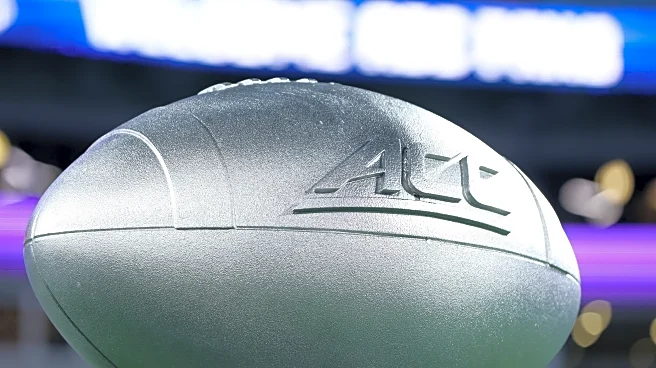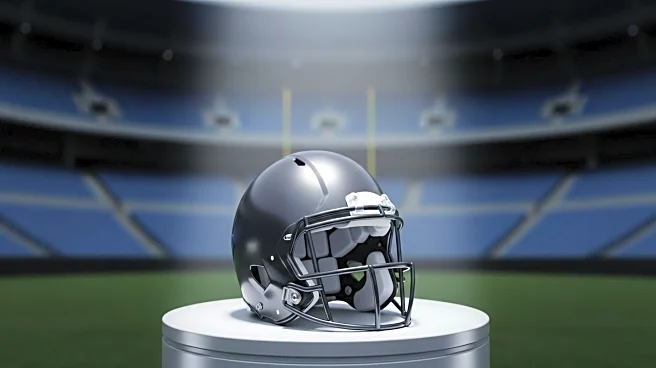
Hi everyone. If you haven’t heard, we have a bit of a local celebrity on our hands at Hammer and Rails. Kyle Holderfield, one of our long-standing contributors, has hustled his way up the ranks of high school football and landed the head job at Harrison High School in West Lafayette.
I thought this would be the perfect opportunity to unleash Kyle on film review this season. I’m an enthusiastic amateur, but Kyle does this for a living. He’s broken down more film than I care to imagine. Every week,
we’re going to take a look at some specific things Purdue does scheme-wise and take a look at the opponents’ overall scheme. That comes with the slight caveat that the first two weeks will be more Purdue-centric as film on Ball State and Southern Illinois is limited, and we’re still trying to figure out how all of these moving parts fit together on the Purdue side of things. We hope to give y’all a clearer picture of what’s going on scheme-wise by the time USC rolls into town.
I’ll set up the plays and Kyle will break them down from a coach’s perspective. He’s going to use “coach speak,” and then I’ll come in and try to break it down in layman’s terms below. We want to show y’all what Purdue is up to from a scheme point of view and maybe demystify some of the “coach speak” that creates a bit of a barrier for the casual fans’ understanding of the game.
This is our first go at this, and we’ll tweak the format as we figure things out. Consider this Beta testing. I’ll probably tweak a few things next week. If you’ve got a suggestion on how to make the formatting more accessible, or have something you’d like us to cover, let me know in the comments.
Also, wish Coach Holderfield luck tonight as he looks to run his head coaching record to 2-0. We’re getting in on the ground floor and playing the long game. Hammer and Rails will be the most connected Purdue blog in the blogosphere once Kyle is installed as the Boilermaker head coach in 2037.
We’re playing the long game, folks. Purdue football fans are nothing if not patient.
Let’s get started.
UNLV Base 4-2-5

Key
- Purple Box: Defensive Line
- Green Circle: Linebackers
- Yellow Triangle: Corner
- Red Triangle: Safety
Drew:
Coach, let’s start with the basics. I know you work more on the offensive side of the ball, but we’re not exactly sure what that will look like, so that will have to wait until next week. Instead, let’s talk about what we do know, namely, Mike Schere’s defense.
This is how UNLV started the game against Syracuse on defense last season. Based on what I’m hearing out of camp, Purdue is going to be a base 4-2-5 defense, essentially starting in what was formerly considered a “nickel” package. Could you explain the concept behind pulling a linebacker off the field and replacing him with a what generally amounts to an extra safety?
Coach Holderfield:
Absolutely, we base out of a 4-2-5 defense as well, and the idea behind that is to have a hybrid safety/OLB type. Someone who can cover space in the open field but also be a sure tackler.
A perfect modern-day example would be how the Colts use Kenny Moore II; he is essentially a nickel but also helps tremendously in run support.
Translation:
The 4-2-5 defense takes out a linebacker and replaces him with a more athletic player, typically a safety, but some teams use a highly athletic outside linebacker. The goal is to get more speed on the field while mitigating the loss of the linebacker with a sound tackler.
Kenny Moore plays as the extra defensive back in the Colts’ 4-2-5. He’s a 5’9”, 190-pound defensive back, but he plays like an additional safety. He had 78 tackles, two interceptions, and defended seven passes. Those are linebacker tackles numbers and safety pass defense numbers.
Defensive Line Positions / Numbering

Key:
Purple Square: DE – Jalen Dixon – 6’1”, 265
Red Square: DE- Antonio Doyle – 6’3”, 255
Drew:
One thing I noticed while watching UNLV film over the summer is the way Coach Scherer sets his defensive line. This is a four-man front, but the defensive ends aren’t lined up in the traditional four-man front positions.
Can you explain what’s going on with the defensive line in this clip? Specifically, what’s up with the defensive ends? Doyle (red square) is playing a stand-up end spot, almost like an outside linebacker. Meanwhile, Dixon (purple square) is lined up wide, outside of the right tackle, leaving a big gap between himself and the nose guard.
What would you be thinking about as a player caller if faced with this defensive front?
Coach Holderfield:
So, you can see to the boundary that the defensive tackle is more than likely in a 4I, and the DE is just in a traditional 6. The thought behind that is to limit runs to the boundary, plays like GT Counter, power, iso to the boundary can get muddy with that look.
The wide 9 to the field is primarily a pass rusher, and they may be worried about him getting reached there against a perimeter-heavy team. They can move him all around and adjust mid-game, though.
Translation:
The defensive tackle and defensive end (both with their hands on the ground) are lined up to the short side (boundary) of the field. They’re protecting against runs to the short side, especially plays where the offense pulls offensive linemen from the field side (wide) to outnumber the defense to the short side.
The “wide 9” is a defensive player lined up on the outside shoulder (or further out) of the tight end. The “wide 9” tends to be an athletic defensive end who can turn the corner on the tackle of tackle end. He is also used to set and keep runs to the perimeter contained and forced back inside to help.
Notes:
“to the boundary” = the narrow side of the field, depending on where the ball is spotted. In the above clip, the boundary is anything moving towards the bottom of the screen and “the field” is anything moving towards the top of the screen.
Defensive Line Numbering System
- Even Numbers = heads up (lined up directly across from the offensive player)
- Odd Numbers = lined up on the outside shoulder of the offensive player (shoulder furthest away from the ball)
- Even Number with an (i) = Lined up on the inside shoulder of the offensive player
How the Middle Linebackers Function

Key
Purple Square: NG, DT, DE
Green Circle: MLB – Jackson Woodard – 6’3”, 230
Blue Circle: MLB – Main Powell – 6’3”, 230
Red Square: DE
Drew:
Coach Scherer likes to give the quarterback different things to look at on obvious passing downs. I’ll follow this play for a few frames to see where everyone ends up, but before I get to that, I want to focus on middle linebacker Jackson Woodard (green circle).
He was the star of the UNLV defense and put up absurd numbers, finishing the season with 135 total tackles, 17 tackles for loss, 3.5 sacks, four interceptions, and 12 pass defenses. Woodard’s running mate from last season, Mani Powell, will start for Purdue.
Do you think you’ll see Powell play a similar role as Woodard did in the UNLV defense?
Coach Holderfield:
From what it sounds like, Powell will keep his role as the thumper in the defense. He will have little role in pass defense, but Purdue fans will see him coming downhill more often than not, even on obvious passing downs to muddy up what the quarterback sees.
Translation:
Powell was the physical linebacker in the UNLV scheme, and he’ll keep that role in the Purdue defense. Look for him to attack the line of scrimmage on most plays. He’ll be the linebacker inside the tackle box more often than not.
Back to The Play


Drew:
To me, it looks like one of the goals of the UNLV was to keep Woodard clean and let him make plays. On the above play, he lines up in the defensive line, over the right guard, and then drops out. It took me a second to understand what Powell (blue circle) was up to. In the second clip, it became clear that he was responsible for picking up the back, leaving Woodard to run free (the play ends in an incomplete pass on an out-route, but it’s not particularly relevant) and make potentially make a play in the flat.
Woodard seems to pop up in places he’s not expected all the time in the UNLV defense. From an offensive perspective, what problems does this create for both the quarterback and the play caller? Is finding Purdue’s middle linebacker going to be first on the agenda for opposing offenses?
Coach Holderfield:
It does seem that the defense is focused on funneling plays to the inside, like many good defenses do, and sometimes you have to do some wonky things with your linebacker, like in the look above.
I think Purdue will show a variety of different techniques on the defensive line to keep their LBs clean to make all of the tackles.
Mani Powell should be in good shape to have a great year for the Boilers with the creativity that the new staff has shown on defense.
Translation:
Remember how Purdue was continually flanked on defense last season? That should be less of an issue with this defensive scheme. The goal is to set the edge and push the offensive players back into the players closing from the back side.
If this play were a run to the wide side, Woodard would be responsible for getting outside and pushing the play back inside. The same would hold true on any sort of jet motion or swing pass out of the backfield. Woodard is responsible for containing those swing passes and wide runs the killed Purdue last season.
Keep in mind, sometimes it isn’t easy to judge a defensive lineman on their raw stats. In this defense, a significant part of their job is to keep guards and tackles from climbing to the next level and picking off linebackers. A defensive lineman eating two blocks so the linebacker and flow to the point of attack and tackle is almost as important as the tackle.
